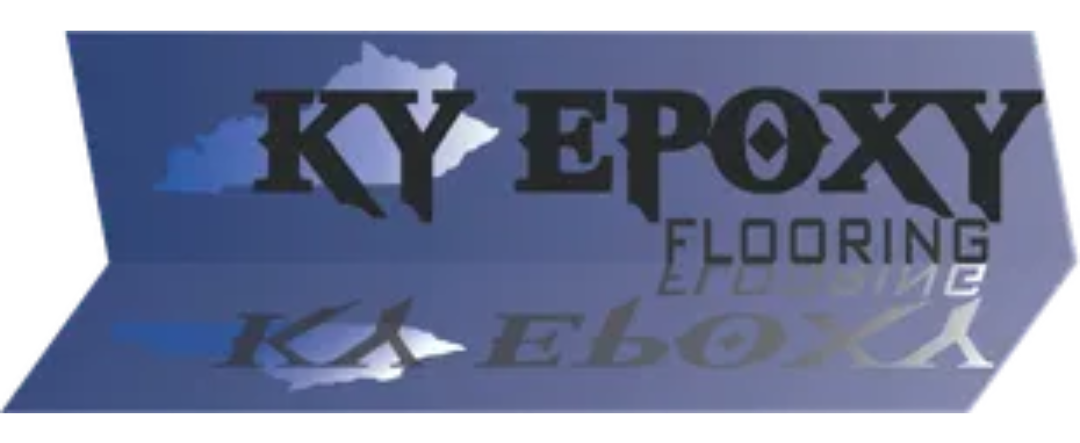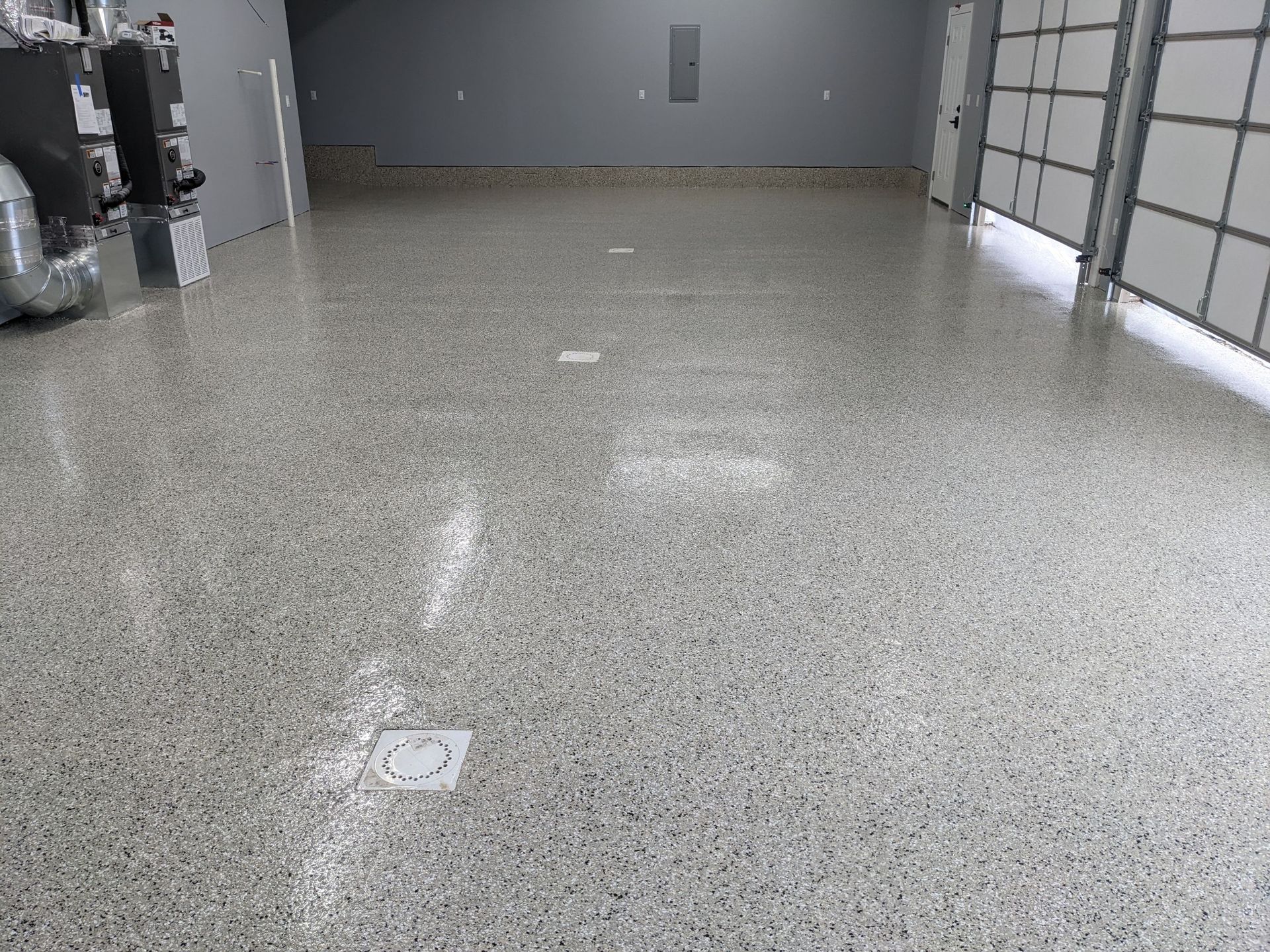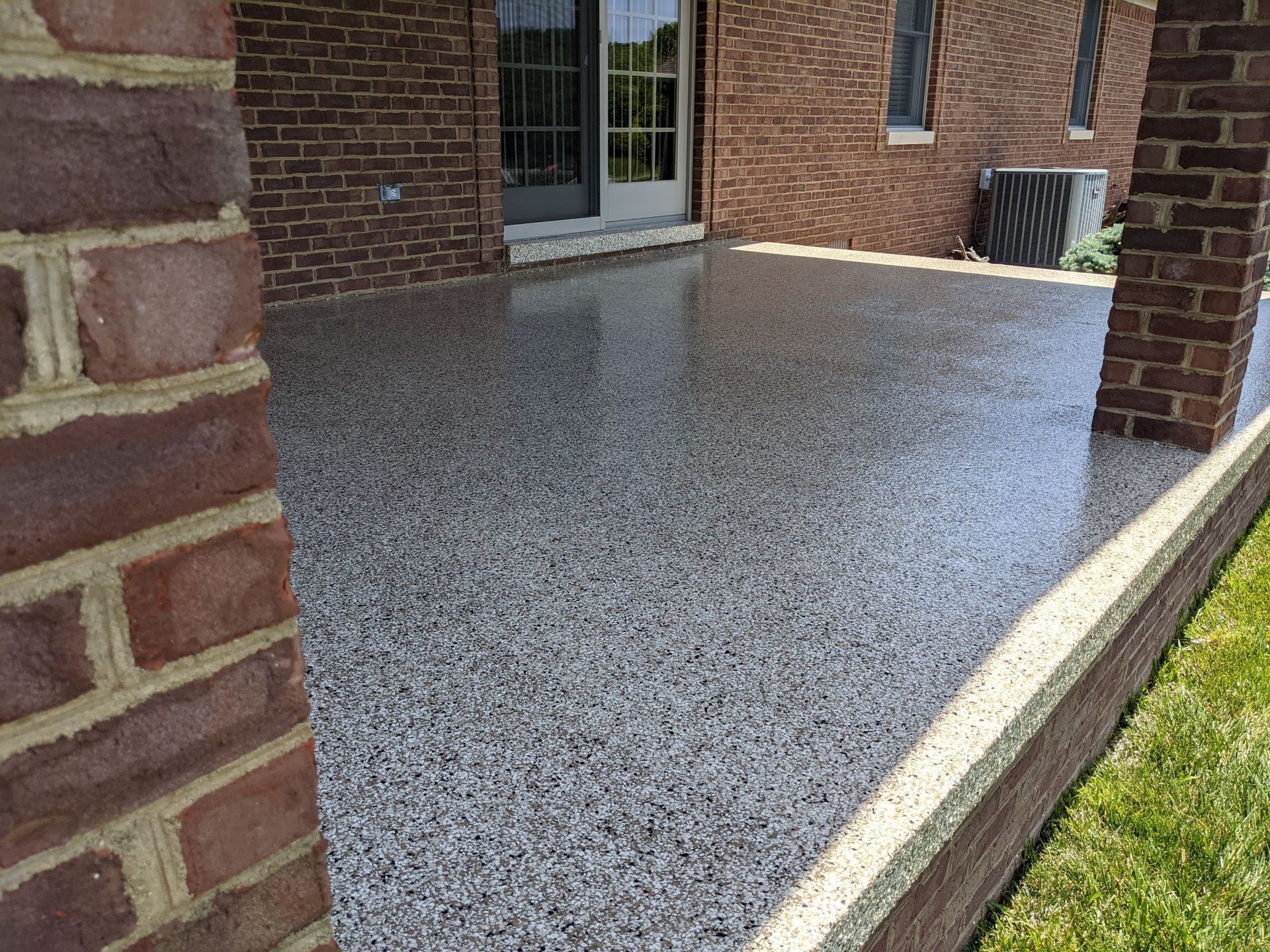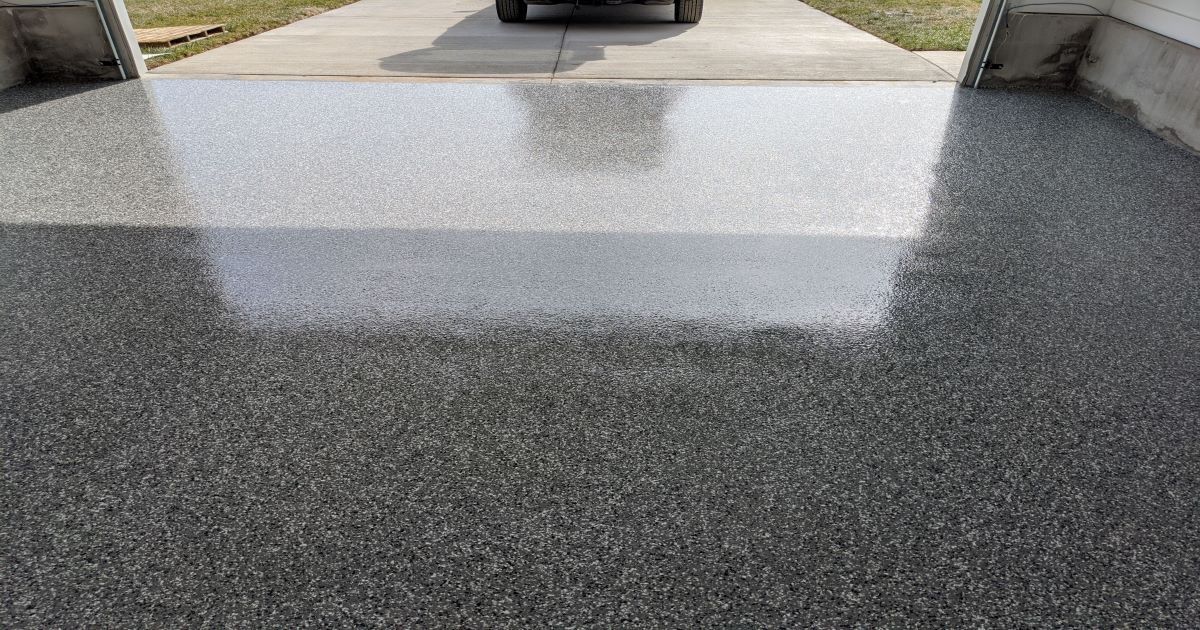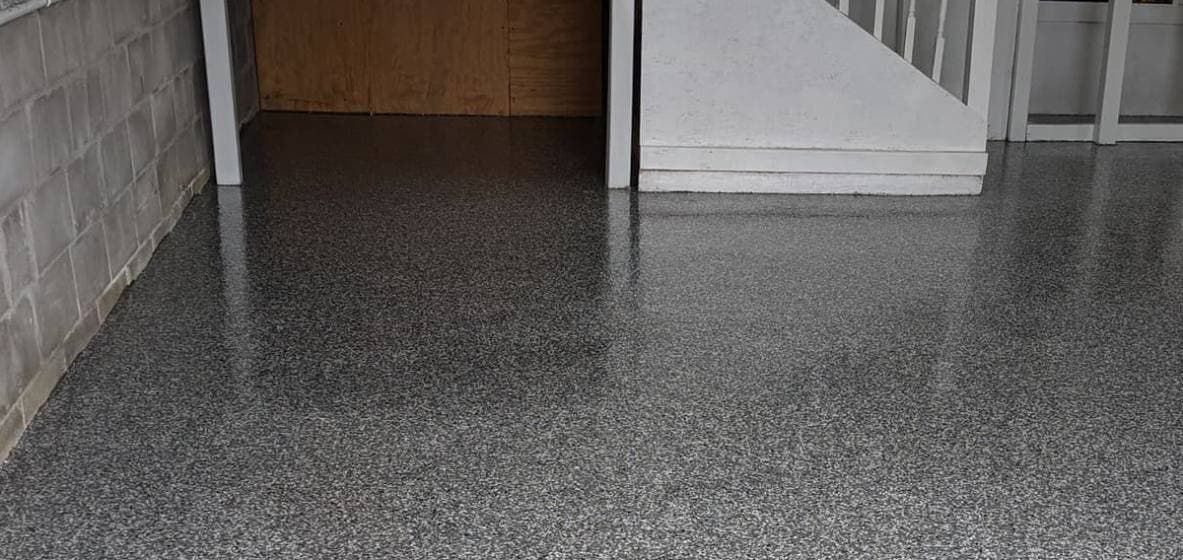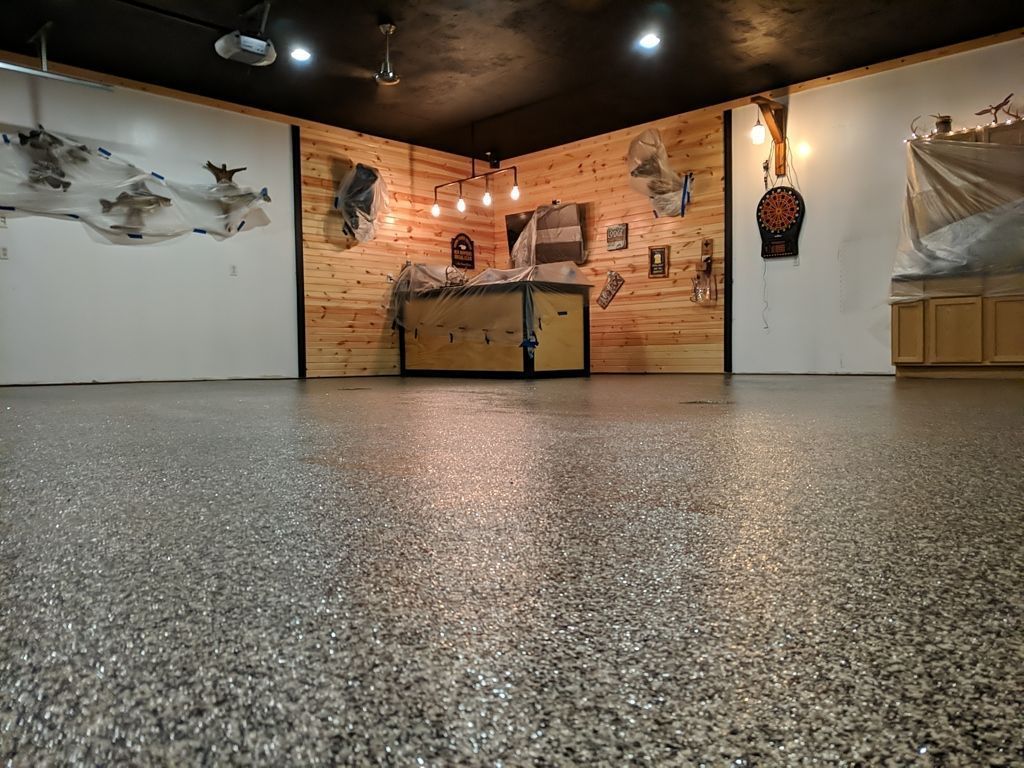What Is Epoxy Flooring and How Does It Work?
jimmymiller1 • July 2, 2025
Epoxy flooring
forms when resin and hardener create a chemical reaction, producing a rigid plastic material that bonds strongly with the substrate. This seamless surface withstands heavy traffic, chemical exposure, and abrasion while maintaining its attractive appearance. But what is epoxy flooring exactly? It's a thermosetting polymer that creates an incredibly durable coat over concrete, wood, or tile surfaces, transforming ordinary floors into high-performance surfaces.
Epoxy Flooring: Materials and Application
The Science Behind Chemical Bonding
The chemical bond formed during the curing process ensures exceptional adhesion to the substrate, whether it's a concrete slab in a warehouse or existing flooring in a kitchen. This synthetic resin system provides superior protection against moisture, oil spills, and daily wear and tear that traditional paint simply cannot match. Epoxy Flooring: Materials and Application
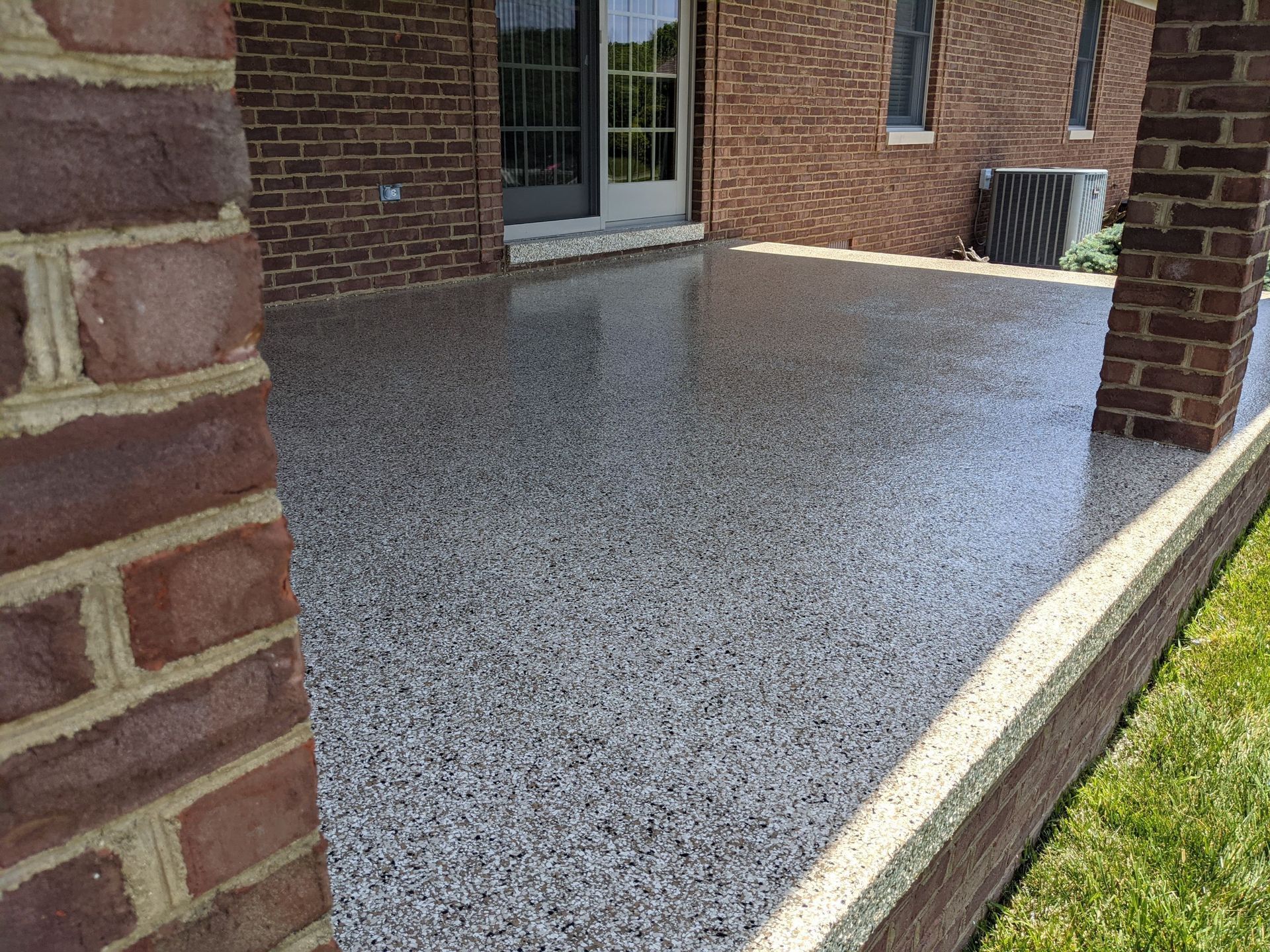
The primary components include synthetic resin and hardener, often enhanced with color pigments, quartz aggregates, or glitter for various designs. These materials combine to create a liquid mixture that transforms into a solid, durable surface through careful application. The polymer chemistry ensures proper adhesion while providing the flexibility to incorporate decorative elements like metallic pigments or colored flakes.
Benefits and Durability
Surface Preparation Requirements
Surface preparation involves cleaning the concrete slab and ensuring proper adhesion before applying the liquid mixture with a squeegee or roller. Any existing paint, dirt, or contaminants must be removed to prevent bonding issues. The substrate must be properly prepared to avoid hazards like peeling or delamination. Professional installers often use specialized machines to grind the surface, creating the ideal profile for maximum adhesion.Application Techniques and Tools
The application process requires precise mixing of the resin and hardener components. Once combined, the liquid epoxy is spread evenly across the floor using professional-grade tools. Multiple coats may be applied depending on the desired thickness and performance requirements. A primer coat often precedes the main application to enhance the chemical bond with the substrate.Types and Applications
From metallic finishes that brighten retail spaces to flake systems perfect for warehouse environments, epoxy offers versatile solutions. Solid color options work well in kitchen and bathroom settings, while terrazzo-style designs suit commercial applications . These floors resist oil, stains, and moisture damage while supporting heavy equipment like forklifts.Decorative Options and Finishes
Metallic epoxy creates stunning visual effects that rival polished concrete or marble at a fraction of the cost. The three-dimensional appearance adds depth and sophistication to any space. Flake systems incorporate vinyl chips that not only enhance aesthetics but also provide additional texture for slip resistance.Industrial-Grade Solutions
Quartz-filled epoxy systems combine colored sand with resin to create an extremely durable surface ideal for high-traffic areas. This option offers excellent abrasion resistance and can withstand the constant movement of heavy machinery. For environments requiring electrostatic discharge protection, special conductive epoxy formulations prevent static electricity buildup, making them perfect for electronics manufacturing facilities. Benefits and Durability

Epoxy flooring provides exceptional longevity, typically lasting 10-15 years with minimal wear and tear. The seamless surface prevents water damage and resists solvents, making cleaning simple with just a mop. Its heat resistance and ability to prevent electrostatic discharge make it ideal for factory and basement installations.
Custom designs featuring multiple colors , patterns, or decorative elements naturally increase the overall cost. However, these options still provide better value than premium materials like natural stone or hardwood while offering superior durability and moisture resistance.
Maintenance and Care
Chemical and Stain Resistance
The chemical resistance properties of epoxy flooring surpass traditional flooring options. Whether exposed to harsh cleaning solutions, automotive fluids, or industrial chemicals, the non-porous surface maintains its integrity. This resistance extends to common household stains from food, beverages, and other substances that would permanently mark other flooring types.Safety Features and Performance
Beyond practical benefits, epoxy enhances safety through customizable slip-resistant additives. Sand or aluminum oxide can be broadcast into the wet epoxy to create texture without compromising the smooth, easy-to-clean finish. For areas prone to spills or wet conditions, this feature significantly reduces slip-and-fall hazards.Installation Process
Professional installation ensures proper chemical bond between the epoxy and concrete substrate. After applying primer and addressing any hazards, installers spread the mixture evenly. Whether covering tile, wood, or existing paint, proper preparation prevents moisture issues and ensures maximum durability.Environmental Conditions and Timing
The installation timeline typically spans several days to allow for proper curing between coats. Temperature and humidity control during installation prove critical for achieving optimal results. Professional installers use moisture meters to test the concrete slab, as excess moisture can cause adhesion failure and compromise the entire system.Addressing Existing Floor Issues
Grout lines, cracks, and surface imperfections require special attention during preparation. These areas are filled and smoothed to create a uniform substrate. For installations over existing tile or terrazzo, additional steps ensure proper bonding without compromising the integrity of the underlying surface.Cost Considerations
Budget-friendly options start at $3 per square foot, with prices varying based on design complexity and substrate condition. Compared to marble, polished concrete, or traditional flooring, epoxy offers superior chemical resistance and reduced maintenance costs. Polyurethane topcoats can extend longevity, while sand or gravel additives enhance slip resistance.Long-Term Value Analysis
The initial investment in epoxy flooring pays dividends through reduced maintenance and replacement costs. Unlike carpet or vinyl which require frequent replacement, a properly installed epoxy floor maintains its appearance and performance for decades. The seamless nature eliminates grout lines that trap dirt and bacteria, reducing cleaning time and costs.Custom designs featuring multiple colors , patterns, or decorative elements naturally increase the overall cost. However, these options still provide better value than premium materials like natural stone or hardwood while offering superior durability and moisture resistance.
Maintenance and Care

Regular sweeping removes dirt and debris, while occasional mopping with appropriate solutions maintains the floor's appearance. Unlike grout-based systems, epoxy's seamless surface resists stain penetration. Proper maintenance protects against abrasion from foot traffic and machines while preserving the finish.
Whether you're looking to protect a basement from water damage, create a safe warehouse environment, or add modern style to your kitchen, epoxy flooring delivers exceptional value. With proper installation and minimal maintenance, these floors provide decades of reliable service while enhancing the functionality and appearance of any space.
Contact us today for a free consultation and discover how our epoxy flooring services can enhance your property's value and functionality!
Daily Cleaning Procedures
For optimal results, use pH-neutral cleaners and avoid harsh solvents that might dull the surface over time. A soft-bristle broom or dust mop works best for daily cleaning, while a damp mop handles deeper cleaning needs. In commercial settings, automatic floor scrubbers can efficiently maintain large areas without damaging the epoxy surface.Periodic Maintenance Requirements
Periodic recoating with a clear polyurethane or epoxy topcoat refreshes the appearance and adds years to the floor's lifespan. This process costs significantly less than full replacement and can be completed with minimal disruption to operations. High-traffic areas may benefit from more frequent recoating to maintain optimal appearance and protection.Special Considerations
Different environments require specific epoxy formulations. Basement applications need moisture-resistant systems that prevent water vapor transmission. Food service areas benefit from antimicrobial additives that inhibit bacterial growth. Industrial settings may require thicker mortar systems capable of withstanding extreme loads and chemical exposure.Creative Design Possibilities
The versatility of epoxy extends to decorative applications as well. Glass beads, glitter, and custom graphics can be incorporated to create unique designs. These elements are sealed beneath the clear topcoat, ensuring they remain protected from wear while adding visual interest to the space. For renovation projects, epoxy can transform dated surfaces without the expense and disruption of full replacement. Existing cement, tile, or wood floors can often be coated after proper preparation, providing a cost-effective upgrade that dramatically improves both appearance and functionality.In Summary
Epoxy flooring represents a smart investment for residential, commercial, and industrial applications. Its unmatched combination of durability, chemical resistance, and aesthetic versatility makes it suitable for everything from garage floors to high-end retail spaces. The seamless, non-porous surface resists stains, moisture, and wear while maintaining an attractive appearance for years.Whether you're looking to protect a basement from water damage, create a safe warehouse environment, or add modern style to your kitchen, epoxy flooring delivers exceptional value. With proper installation and minimal maintenance, these floors provide decades of reliable service while enhancing the functionality and appearance of any space.
Transform Your Space with KY Epoxy Flooring
Ready to upgrade your concrete floors with a durable, beautiful epoxy solution? KY Epoxy Flooring specializes in professional epoxy installations for residential, commercial, and industrial spaces. From garage floors to warehouse applications, our expert team delivers long-lasting results that resist chemicals, moisture, and daily wear.Contact us today for a free consultation and discover how our epoxy flooring services can enhance your property's value and functionality!
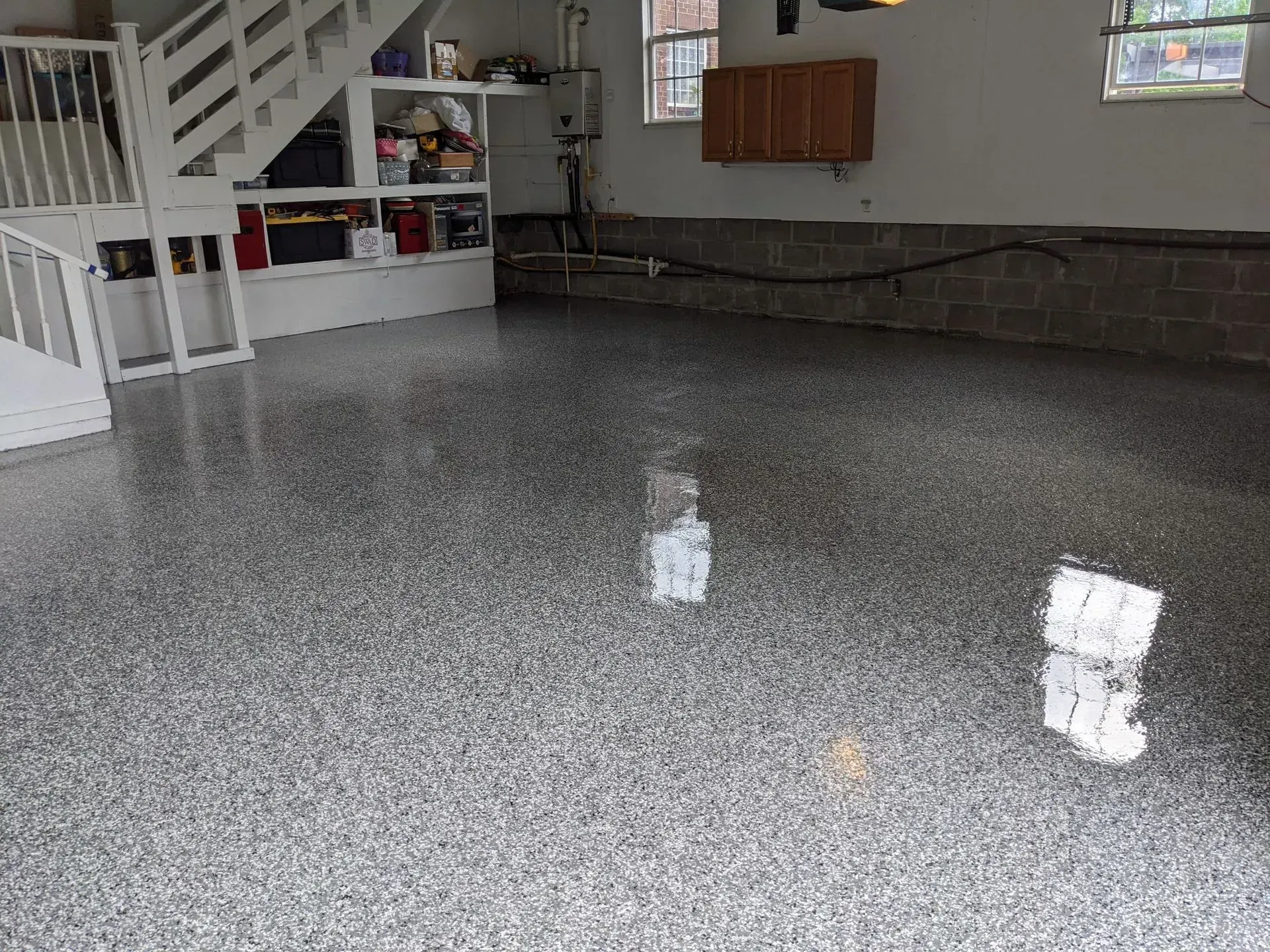
August 1, 2025
Picture this: You pull into your garage after a long day, and instead of being greeted by oil stains, cracks, and that perpetually dusty concrete floor, you're welcomed by a sleek, glossy surface that looks like it belongs in a luxury showroom. Or imagine walking into your basement and seeing a floor so beautiful and durable that you actually want to spend time down there. This isn't a fantasy—it's what residential epoxy flooring can do for your home. If you're tired of concrete floors that seem to attract every stain, crack at the slightest provocation, and make your spaces feel unfinished, you're not alone. Thousands of homeowners across Kentucky are discovering that epoxy floor coatings are no longer just for commercial warehouses. They're transforming garages, basements, patios, and even driveways into spaces that are both stunning and incredibly practical. What Makes Residential Epoxy Floors Special? Epoxy flooring is essentially a protective and decorative coating applied over existing concrete surfaces. Think of it as giving your concrete floors a complete makeover—one that can last 15-20 years with proper care. The process involves applying multiple layers of epoxy resin that cure to create a surface that's harder than the concrete underneath. But here's what makes epoxy truly remarkable for homeowners: it's not just about durability. Modern epoxy systems offer an incredible range of colors, patterns, and finishes. Want a subtle gray that complements your home's aesthetic? Done. Prefer a bold blue that makes a statement? Absolutely possible. Some homeowners even choose decorative flakes or metallic finishes that create depth and visual interest. Where Epoxy Shines in Your Home
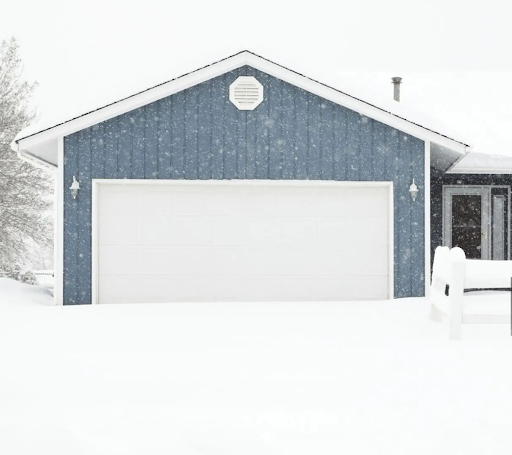
May 28, 2025
In Kentucky, we experience the full spectrum of seasons—from sweltering summers that seem to melt everything in sight to winters that bring snow, ice, and everything in between. Your garage floor takes the brunt of these seasonal shifts as your car drags in whatever Mother Nature has thrown at it. At KY Epoxy, we've seen how properly maintained epoxy floors can look showroom-new even after years of Kentucky weather, while neglected ones can lose their luster prematurely. The good news? Maintaining your investment is simpler than you think, especially when approaching it season by season. Here are some valuable tips to help you navigate and take care of your epoxy garage floor for every season: Winter: Defend Against Kentucky's Cold Months
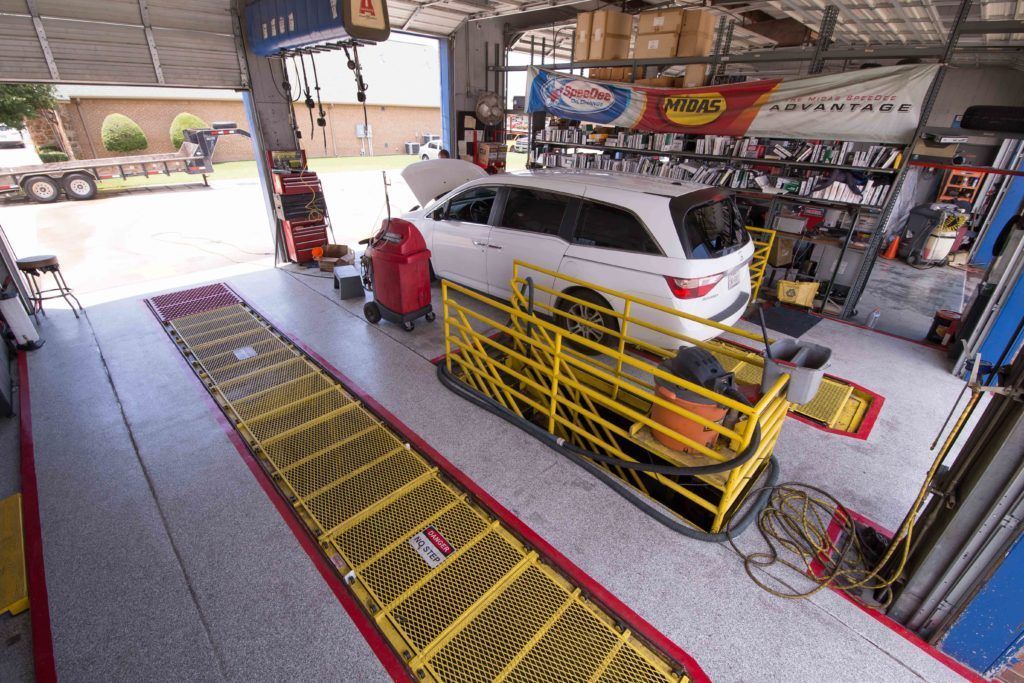
May 14, 2025
In the bustling commercial districts of Lexington and Stanford, Kentucky, business owners invest thousands in flooring solutions that promise durability, aesthetics, and low maintenance. Epoxy floor coatings have become a go-to choice for everything from retail spaces to warehouses, restaurants, and medical facilities. But here's the uncomfortable truth that few contractors will openly discuss: commercial epoxy floors sometimes fail.
